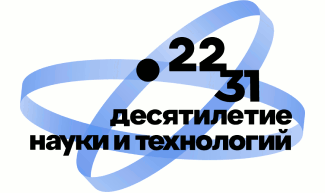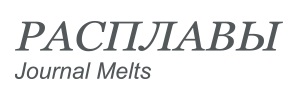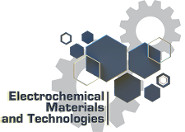Ilyschenko Nikolay Grigorievich was born on the 4th of December 1918 in Novopokrovka countryside (Tatar district of Novosibirskaya region) in the railroad man family. After finishing school in 1937 he entered the chemical department of Ural State University and in August 1941 was graduated with a specialization in physical chemistry.
In September 1941 he was called up for a military service and in March 1942 after graduating from officer courses at Military Technical Academy he was sent to West Front as a head of chemical service of rifle regiment where he served till September 1945. Ilyschenko Nikolay Grigorievich took part in Ukraine, Poland, Germany, Czechoslovakia, Austria liberations and was recommended for military order awards: “Red Star”, “Great Patriotic War II grade”, “For Berlin capture”, “For Prague liberation”, “For Victory over Germany”, and jubilee medals.
After demobilization in September 1945 Nikolay Grigorievich entered the Institute of Chemistry and Metallurgy of UB RAS, electrochemistry lab, as a senior technician, and in July 1946 he became junior researcher. In 1953 by the Order of Academy of Sciences he was sent to Minsredmash (post box 318) for nuclear project realization where he defended PhD thesis in technical science, afterwards he worked as a senior researcher and later a head of laboratory. During this period he developed methods of plutonium analysis for admixtures, methods of obtaining porous filters for uranium isotopes separation, electrochemical methods for pure thorium and beryllium producing.
In 1958 Nikolay Grigorievich came back to UB RAS and won, on the competition basis, the position of the head of special laboratory № 1 at the High-Temperature Electrochemistry.
In 1961 he was elected for position of the head of Alloys Laboratory, and from 1961 till 1963 he also was the Director of the Institute. It was time of plentiful growth of the Institute and construction of the new building. Under the supervision of Ilyscenko the systematic researches in the absolutely innovative direction – interaction of metals in ionic melts without electrolysis and diffusion alloy formation was started. These works formed scientific basis for new methods of obtaining different diffusion covers on metals, producing powder alloys and inorganic compounds. Some of them were implemented in industry.
In 1971 Nikolay Grigorievich defended Doctor of Science dissertation, and in 1973 became a professor. Since 1973 till 1981 he worked as a Deputy Director for Science and the head of the Alloys Lab. For the great cycle of works he was awarded with State Premium in the field of Science and Technology in 1988. In 1994 he got a rank of Honored Soros professor.
In the late years a new scientific direction – spontaneous transition of metals and nonmetals in ion-electron melts was founded by Nikolay Grigorievich.
His great life, scientific and technological experience was needed for successful work of Scientific Council of the Institute, Specialized Council on Dissertation Defenses, in the daily routine of his students and followers. Under his leading 12 PhD thesis were accomplished and successfully defended.
In total he published over 200 papers and 30 inventions which are known abroad as well. In 1991 his monograph “Metal interaction in ionic melts” was issued and immediately became a bibliographic rarity.
He was a truly creator of new ideas and excellent experimentator till his last days.
Nikolay Grigorievch died on the 5th of August 1995 when he was 78 years old.





